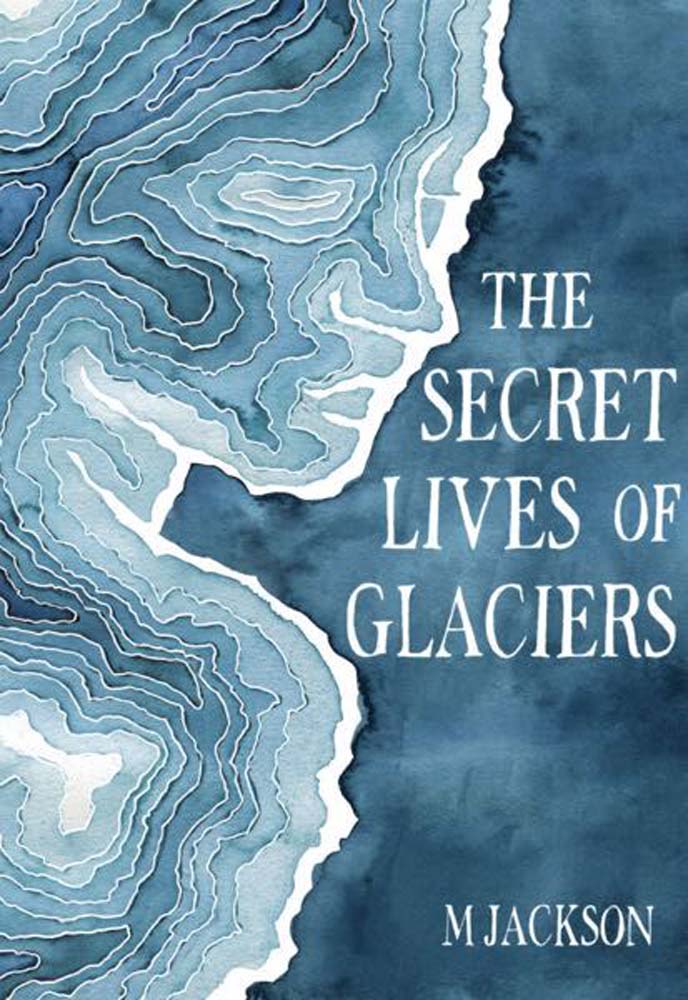Glacier expert M Jackson does Voices event
Published 12:00 am Monday, March 7, 2022

- M Jackson has written two books, including "The Secret Lives of Glaciers," and helped produce a documentary film.
Glaciologist and geographer M Jackson said she has probably visited around 1,000 glaciers around the world.
Trending
Or, roughly, she has seen a quarter of 1% of glaciers worldwide.
There are 400,000 glaciers in the world, including “glacierettes.”
“Glaciers in Iceland, you could blindfold me and I’d know from the smell and wind where I am,” she said. “On South Georgia Island, Antarctica, I’ve walked through penguin breeding grounds to get to them. There are glaciers in Southeast Alaska that have trees growing in them.”
Trending
The point is, “I have found that every glacier is different,” she added. “I like them all.” During the COVID-19 pandemic, she has spent much time in Iceland.
Jackson, who has a doctorate in geography and glaciology from the University of Oregon, and who is a National Geographic Explorer, will share some stories of her world travels and studies of glaciers in the next Voices Lectures series event, 7:30 p.m. Wednesday, March 9. It’s live with a virtual option.
For more: http://www.voicesinc.com.
She’ll have the opportunity to share some startling first-hand knowledge. Glaciers are receding due to climate change, i.e. rising temperatures, and it’s a fact in Jackson’s world.
“It is the nature of glaciers to recede. They grow and they shrink, we have great evidence of this,” said Jackson, who lives in Eugene. “You can pull ice cores with thousands of years of data, and what we know is it’s the nature of ice to oscillate, get bigger and move forward and recess back.”
But, “what is different today is the rate of change. It’s unprecedented. We’ve not seen ice melt this quickly.” And, while some people rely on reports of some glaciers actually growing, it’s because of localized conditions, she added, and “it’s easy to misrepresent” such news.
“It’s definitely not nature taking its course. It’s not natural,” Jackson added. “It’s unprecedented.”
Reducing carbon footprint, recycling and other climate-friendly moves can be positive in the long run. Helping rivers and bodies of water, and parklands and forest also helps glacier, also helps, Jackson said — all environment being connected. But, it takes a long, long, long time.
“For a glacier to grow and exist it really only needs three things — cold temperatures, snow and time,” she said. “If you come from a scientific perspective, it’s deeply empowering knowing that this is the recipe. It’s not a unique, original ask to protect our glaciers, they’re part of our environmental system.”
Jackson, who recently had a son, has written two books, including “The Secret Lives of Glaciers,” and helped produce a short documentary film.
She has visited glaciers on seven continents. She wants to visit Papua New Guinea, which has a glacier, nearby Australia.
About 20 years ago, she lived in Haines, Alaska, and had never met a scientist or even a female scientist. “For me, science was never an option,” she said. Her father worked as a welder on the Alaska pipeline and her mother worked on a farm.
Jackson got a job with National Geographic doing field work, and “these people were all bird nerds. I asked them about glaciers, and they said, ‘We don’t know, why don’t you find out?’ They didn’t know anything about ice. One particular person, Ford Cochran, not only said you should answer these questions, but here’s how you do it, ‘Get into science.'”
A specialty was born.
“I was the product of really good mentorship,” Jackson said.
“There was a niche there. People said my questions mattered and I was smart enough to answer them. That was huge for me. I was going to be a firefighter and medic and do search and rescue. But, I was told I could be a scientist, and get a masters and a phD and post-doc and write books. It slowly became so. Years of very hard work, and National Geographic named me an explorer and an expert.”
For more on Jackson, see http://www.drmjackson.com.







